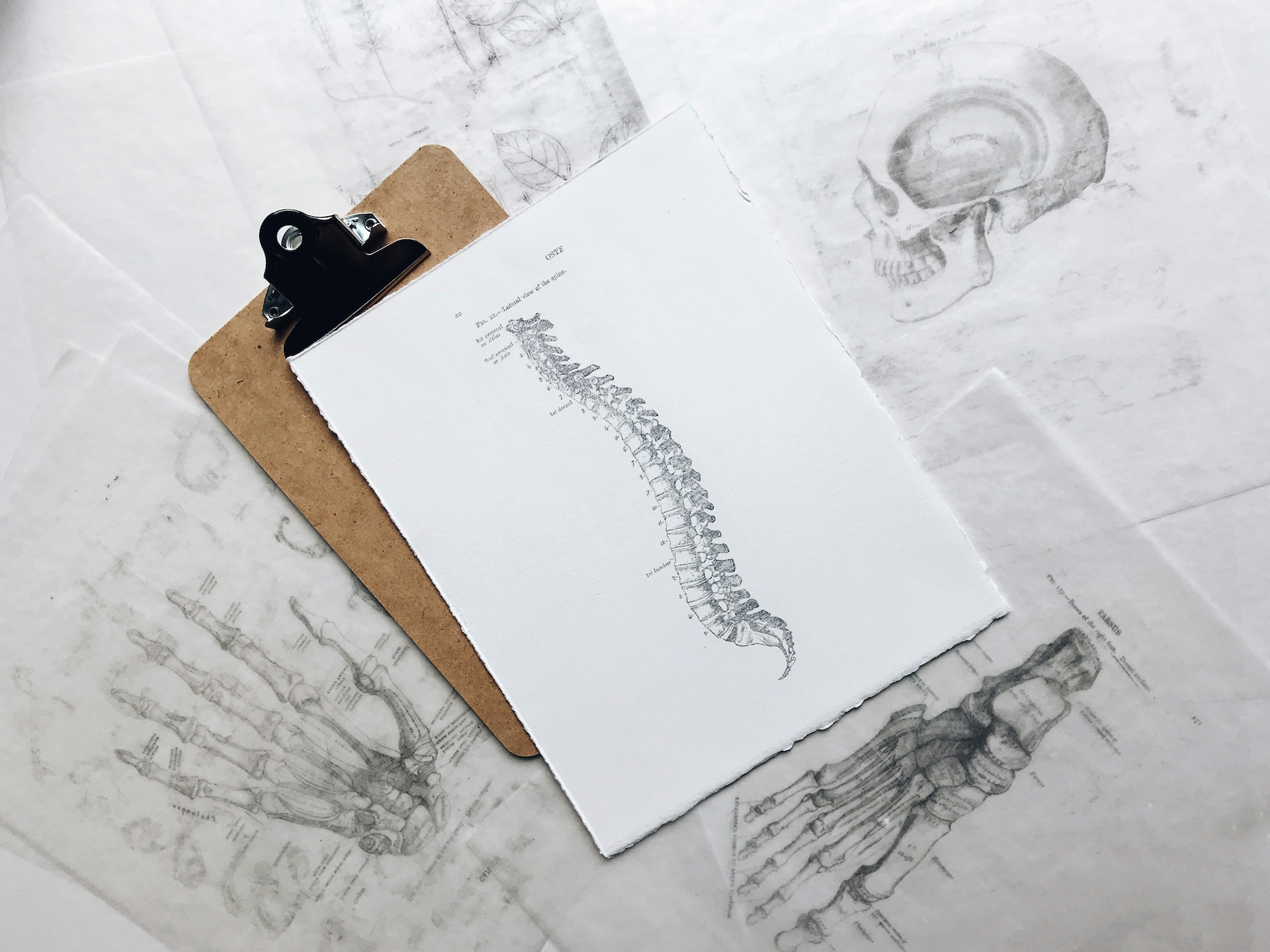
18 Jun Align Yourself for Success: Everyday Practices for Ballet Enthusiasts
For ballet enthusiasts, achieving graceful movement and preventing injuries hinges on proper alignment. It’s the invisible foundation that allows you to translate raw emotion and artistry into breathtaking dance. Just like a building needs a strong structure before the beautiful facade is added, proper alignment allows you to express yourself through dance with both power and elegance. But maintaining good alignment isn’t just about what happens in the hallowed halls of the studio. By incorporating mindful practices into your daily life, you can cultivate a strong and aligned body that translates beautifully to the barre.
Posture Powerhouse: From Slouch to Soaring
Imagine a golden thread pulling the crown of your head towards the ceiling, gently lengthening your spine. This simple visualization can transform your posture throughout the day. No matter where you are – sitting at a desk, driving in traffic, or waiting in line at the grocery store – strive to keep your spine long and avoid slouching. Rounded shoulders are a common culprit, so make a conscious effort to roll them back and down, releasing any tension. Standing tall with weight evenly distributed across your feet might feel unnatural at first, but with practice, it becomes second nature. Think of yourself as a majestic redwood tree, rooted firmly in the ground yet reaching gracefully towards the sky.
Mindful Movement Matters: Everyday Activities as Aligned Opportunities
Our daily activities hold the potential to either reinforce or undermine our ballet alignment. When walking, engage your core by drawing your belly button slightly inwards. This activates your core muscles, promoting a strong and stable center, the foundation for all graceful movement. Avoid the all-too-common tech neck – that hunching posture we adopt when glued to our phones or computers. Instead, imagine a gentle lift through your chest as you elongate your spine. When carrying groceries or bags, don’t let the weight become a burden. Distribute it evenly across your body and use proper lifting techniques. Bend at the knees, keeping your back straight, to avoid strain on your lower back. Remember, it’s always better to make multiple trips with lighter loads than to risk injury by trying to carry too much at once.
Stretching Strategies for Everyday Life: Little Movements, Big Benefits
Maintaining flexibility is crucial for ballet dancers. Luckily, you don’t need a dedicated stretching session to stay limber. Simple stretches can be incorporated throughout your day for a quick refresh. Standing calf raises on your tiptoes, gentle hamstring stretches by reaching for your toes with a flat back, and neck rolls are all easily done at your desk or while waiting in line. These small movements can significantly improve your range of motion and help prevent injuries. Think of them as mini-maintenance breaks for your body, keeping it supple and ready to move with ease.
Strengthening Essentials: Building a Solid Foundation for Powerful Movement
Building core strength is a cornerstone of proper ballet alignment. It’s the powerhouse that controls your movement, allowing for powerful jumps, graceful landings, and intricate turns. Luckily, there are exercises like planks, squats, and wall sits that can be done anywhere, anytime, and require minimal equipment. Planks engage your entire core, from your deep abdominal muscles to your lower back. Squats work your legs and glutes, which are essential for explosive power and stability. Wall sits target your quads and core, improving stability and balance, crucial for those elegant arabesques and controlled pirouettes. Aim for short sets throughout the day, gradually increasing the duration as you get stronger. Even a few minutes of focused core work can make a big difference in your ballet practice.
Sleep on Point: Recharge Your Body for Peak Performance
A good night’s sleep is vital for overall health and well-being, and ballet dancers are no exception. When you’re well-rested, your body has the energy and focus to perform at its best. A supportive mattress that aligns your spine properly contributes significantly to quality sleep. Imagine a mattress that cradles your body like a supportive partner, allowing your muscles to fully relax and repair. Additionally, proper sleep posture plays a crucial role. Avoid sleeping on your stomach, which can strain your neck and back. Opt for sleeping on your back or side with a pillow that supports your head and neck in a neutral position. Think of your sleep as an investment in your ballet practice – the better you rest, the more you can achieve.
Body Awareness: The Key to Unlocking Your Inner Ballet Master
Throughout your day, take a moment to scan your body. Notice any tension or imbalances. Are you hunched over your computer, creating tightness in your shoulders? Are your shoulders creeping up towards your ears, a sign of stress or fatigue? Take a deep breath and gently adjust your posture. This self-awareness translates to greater control and alignment in your ballet practice. As you become more attuned to your body’s signals, you’ll be able to make subtle adjustments
Bonus Tip: Embrace Complementary Practices:
Consider incorporating yoga or Pilates classes into your routine. These practices can further enhance your body awareness and core strength, both of which are crucial for proper ballet alignment. Yoga focuses on breathwork, flexibility, and body awareness, while Pilates emphasizes core strength, stability, and proper alignment. Both disciplines offer valuable tools that can complement your ballet training.
